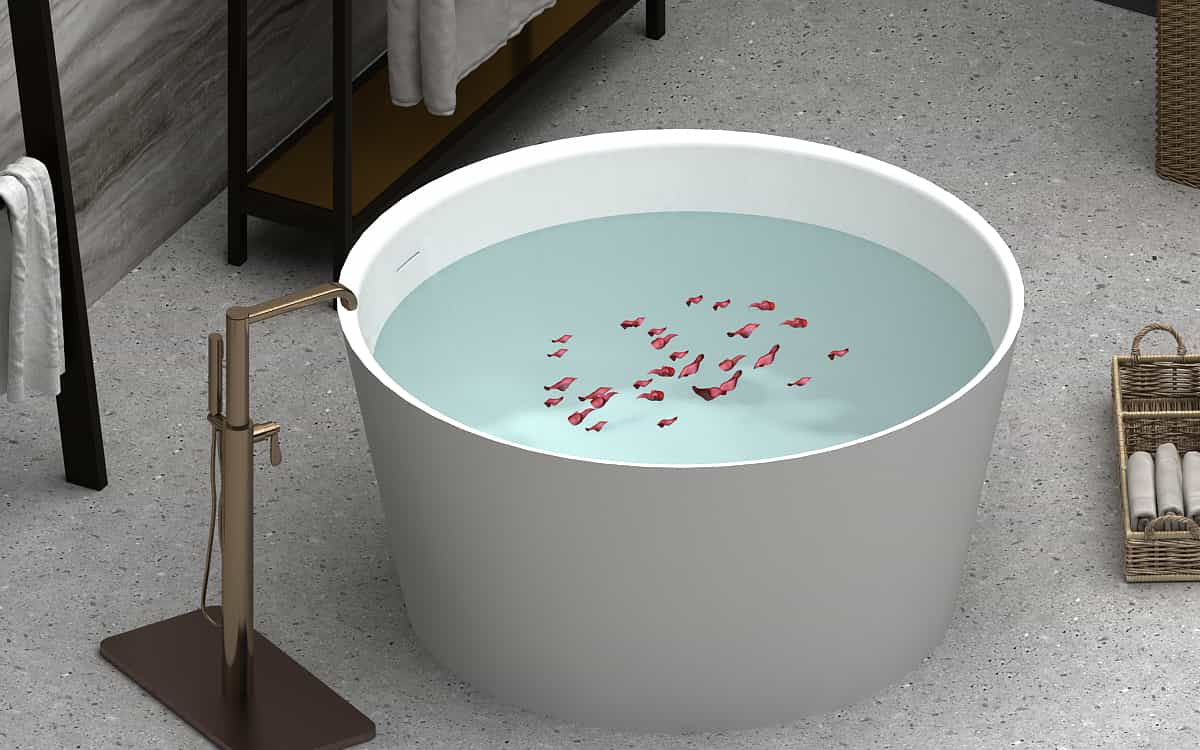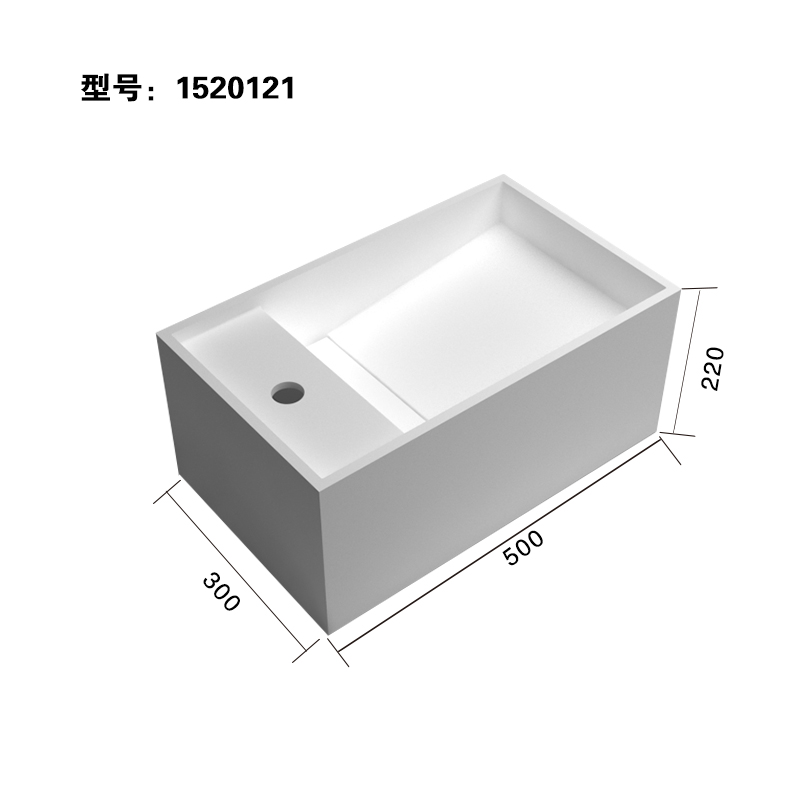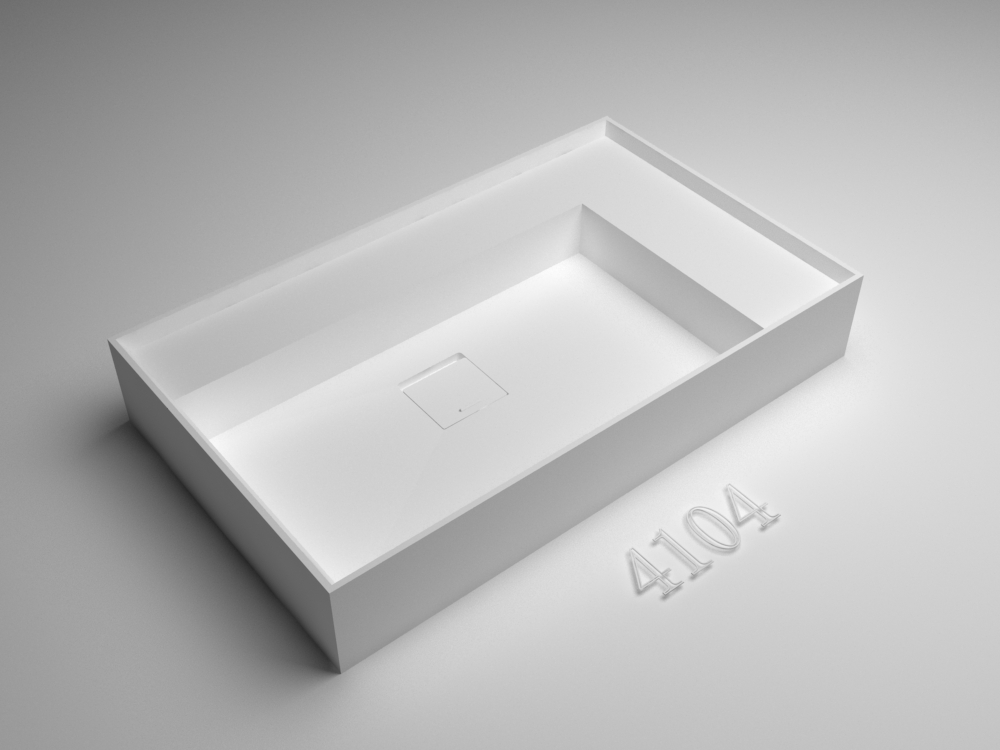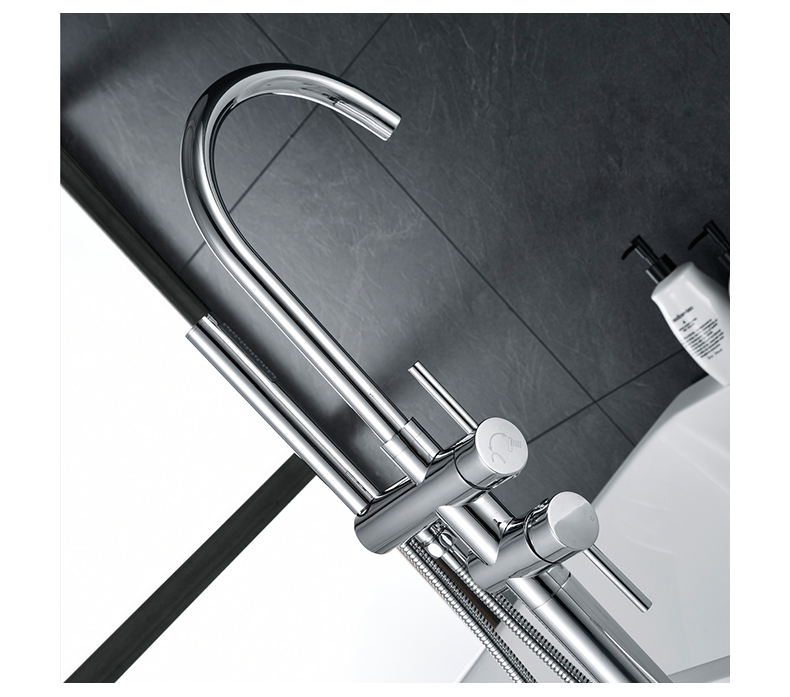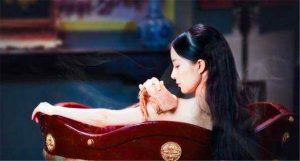
Bathing is an essential enjoyment in People’s Daily life. When taking a shower, people put on cleansers such as soap and body wash. In today’s view, of course, we should use soap and shower gel to take a bath, but in ancient times, there was no soap and shower gel. In fact, in ancient times, our people also have a variety of ways to clean the skin. Our ancestors have long known the use of natural products to wash fabrics and bathe, and the use of pig pancreas, saponin pods and Chinese herbs to make facial washing and hand-washing supplies.
As early as the Zhou Dynasty, more than 3,000 years ago, people used rice washing water to wash themselves. Do not underestimate the scientific and technological content of rice washing water, it is said that this way can not only decontamination, but also has a very good health function. This ancient invention is still used by many people today. They use cloth bags loaded with some starch, bran, bran and so on under the bathtub faucet, and then put in hot water, put a bathtub bath, can treat lumbago, cold hands and feet, frostbite skin, rough and other diseases.
In the Western Jin Dynasty, bath beans appeared. At that time, people laughed at a person’s rusticism, lack of good education, and do not know the hygiene habits of upper class society, and often said that the person “does not know the bath bean.” There’s an interesting story about bath beans.
The story takes place in the two Jin Dynasty emperor’s son-in-law Wang Dun. Probably because Wang Dun was a rebel, so people hated him, so there was a “joke” widely circulated, similar to today’s parody. When Wang Dun just married the princess and became the emperor’s son-in-law, once he went to the toilet, the princess’s handmaid offered him a bath bean in a glass bowl for him to use when cleaning his hands. As a result, the emperor’s son-in-law mistook the bath bean for fried noodles, poured it into the golden basin of washing hands, like drinking porridge, and drank the bath bean paste in a basin. It’s just a joke, but it shows that bath beans are a premium cleaning product. Before the emergence of bath beans, when people washed themselves, the means to remove oil dirt were basically rice soup, noodle soup and natural saponin.
The emergence and development of bath bean in the Wei and Jin Dynasties is not accidental. It seems to be related to the flourishing of foreign spice trade since the Han Dynasty. Because this period is the “spice discovery” era in Chinese history, a variety of western and southern spices arrived in the Central Plains, making the life of the aristocracy a new look. So people mix soy noodles with precious spices to give off an elegant aroma and make this advanced cleaning product bath beans.
From Wei Jin to Tang Dynasty, bath beans, like face oil, hand ointment, incense and other beauty products, were indispensable daily necessities for men and women in the noble literati and officials class, and were widely used. By the Tang Dynasty, bath bean can be said to have entered its heyday. Sun Simiao, a famous doctor in the Tang Dynasty, once said: “face fat hand ointment, clothes fragrant bath beans, scholars GUI win, all are necessary”, pointing out that bath beans are one of people’s necessities of life, in his book “Qianjin Fang” can be seen that the bath bean formula has been paid attention to the extreme luxury. For example, one of them is based on white bean dust as the main material, adding green wood fragrance, sandalwood fragrance, sweet rosin, musk, clove five spices to make it pleasant, while also equipped with white art, white silkworm and other Chinese herbs that are believed to make the skin white and delicate, in addition to nourishing and moisturizing skin egg white, pig pancreas and so on. When washing, use this mixture of incense powder on the face and hands, not only to remove dirt, but also have a beauty effect, “the face is white as snow in ten days, such as condensate in twenty days!” So far, there are still many older people often call soap “fragrant pancreas”, it is for this reason.
After the appearance of the bath bean, people found the gleditsia sinensis. At the latest in the Xiao Qi period of the Southern Dynasty, the market has been a special sale of gleditsia sinensis. There are more than ten varieties of gleditsia sinensis, which has the role of lubricating and refreshing, eliminating dirt and greasy to clean the skin, so it is commonly used in ancient beauty prescriptions. Washing clothes with gleditsia pods, clothes will not change color, will not shrink, fibers will not be damaged and lose luster, so many ancient people used gleditsia pods to wash clothes. In addition, taking a bath with saponin can also remove rheumatism and cure psoriasis, with good effect. In addition, people also found a plant called fat beads, its seeds fat, thick meat, mainly distributed in Jiangsu and Zhejiang, this is the soap tree behind. In the Song Dynasty, Zhuang Jiyu’s “Chicken Rib Article” introduced that in Zhejiang, there is little acacia pod, and “fat beads” are used in shower. Every late autumn, people will pick the fruit pods, boil and mash them, add spices, white flour, mix them and rub them into balls to make “soap”. In addition to soap and gleditsia sinensis, “Chicken Rib Compilation” also recorded that southern women soaked in water with plant ash to wash and decontaminate. In addition, there is poria, but poria is more wealthy people can use, with spices added, ordinary people wash their hair with gleditsia sinensis.
Soap appeared in Song Dynasty. The raw materials of soap mainly use “saponin” (fruit pods of the saponin tree) and “soap (pods)”. Comparatively speaking, soap trees produce pods with more oil than gleditsia sinensis. In the Southern Song Dynasty, soap balls, which were made from soap, appeared. Song Mi “Wu Lin Old Events” volume six “small broker” recorded the Southern Song Dynasty Kyoto Lin ‘an has a special business “soap ball” businessmen. The “Compendium of Materia Medica” by Li Shizhen of the Ming people recorded the manufacturing method of “soap ball” : the soap pod is born in the mountains, the trees are tall, the leaves are like sandalwood and acacia sinensis leaves, the flowers bloom in May and June, the pods are three or four inches, thick and fleshy, there are several sunspots, as big as fingers, not round, and there are white kernel, which can be eaten. In the tenth month they gathered pods, boiled them and mashed them, and made pills of white flour and perfumes, and bathed the face, and removed dirt and moistened it, rather than acacia sinensis.
In the Ming and Qing Dynasties, it was very common for rich people to use soap. For example, “Jasmine soap” was mentioned in “Golden Vase Plum” when washing face. A Dream of Red Mansions also mentions the use of “soap” when washing oneself in the morning. However, at this time, the ancient “bath bean” has not completely disappeared. During the Ming and Qing Dynasties, the folk made improvements to the bath bean, blending sugar, lard, pig pancreas, spices and other ingredients according to the proportion of grinding, and heating and pressing molding, which is “pancreas”. The lard in this pancreas is partially broken down by lipoenzymes into fatty acids, which are then saponified by sodium carbonate into true fatty acid soap (the main component of modern soap), which can be said to be only one step away from modern soap. In the court of the Qing Dynasty, a unique medicinal soap was carefully developed according to the theory of traditional Chinese medicine, which was specifically called medicinal soap, also known as sandalwood soap. This kind of soap was deeply loved by the Emperor Guangxu and the Empress Dowager Cixi. It was not only fragrant, but also had the effects of removing dirt, relieving itching, moisturizing skin, beautifying and beautifying skin.









